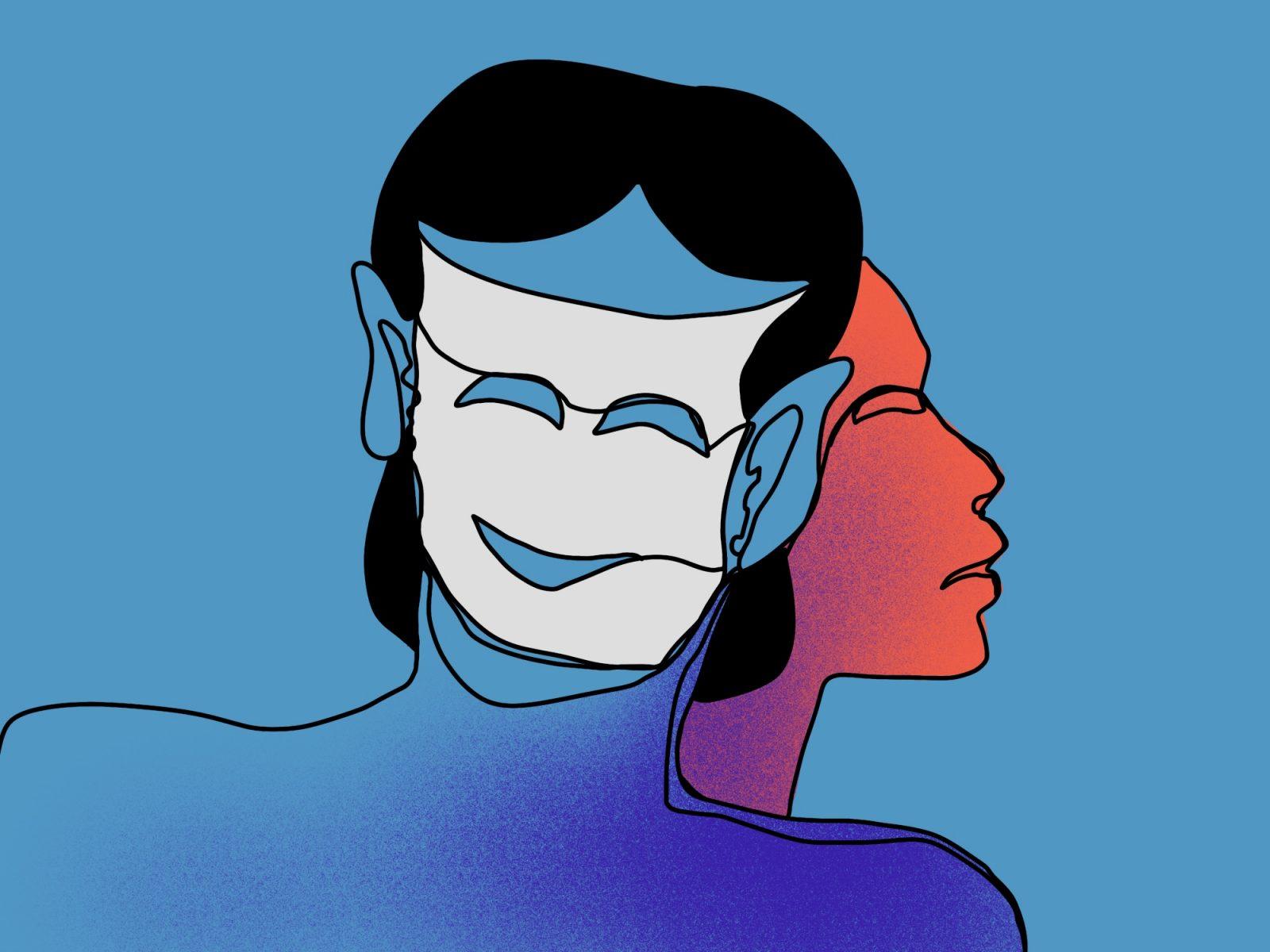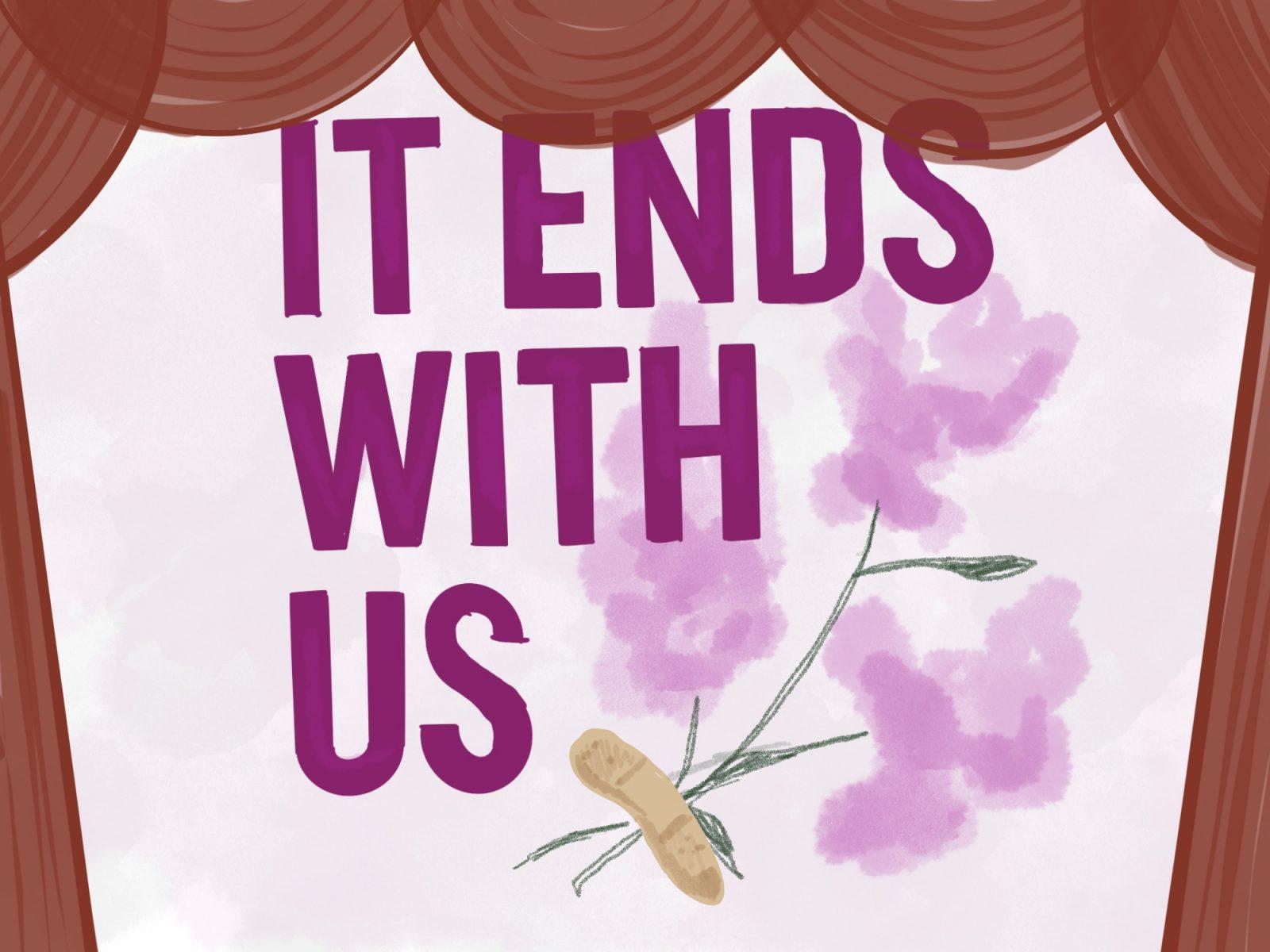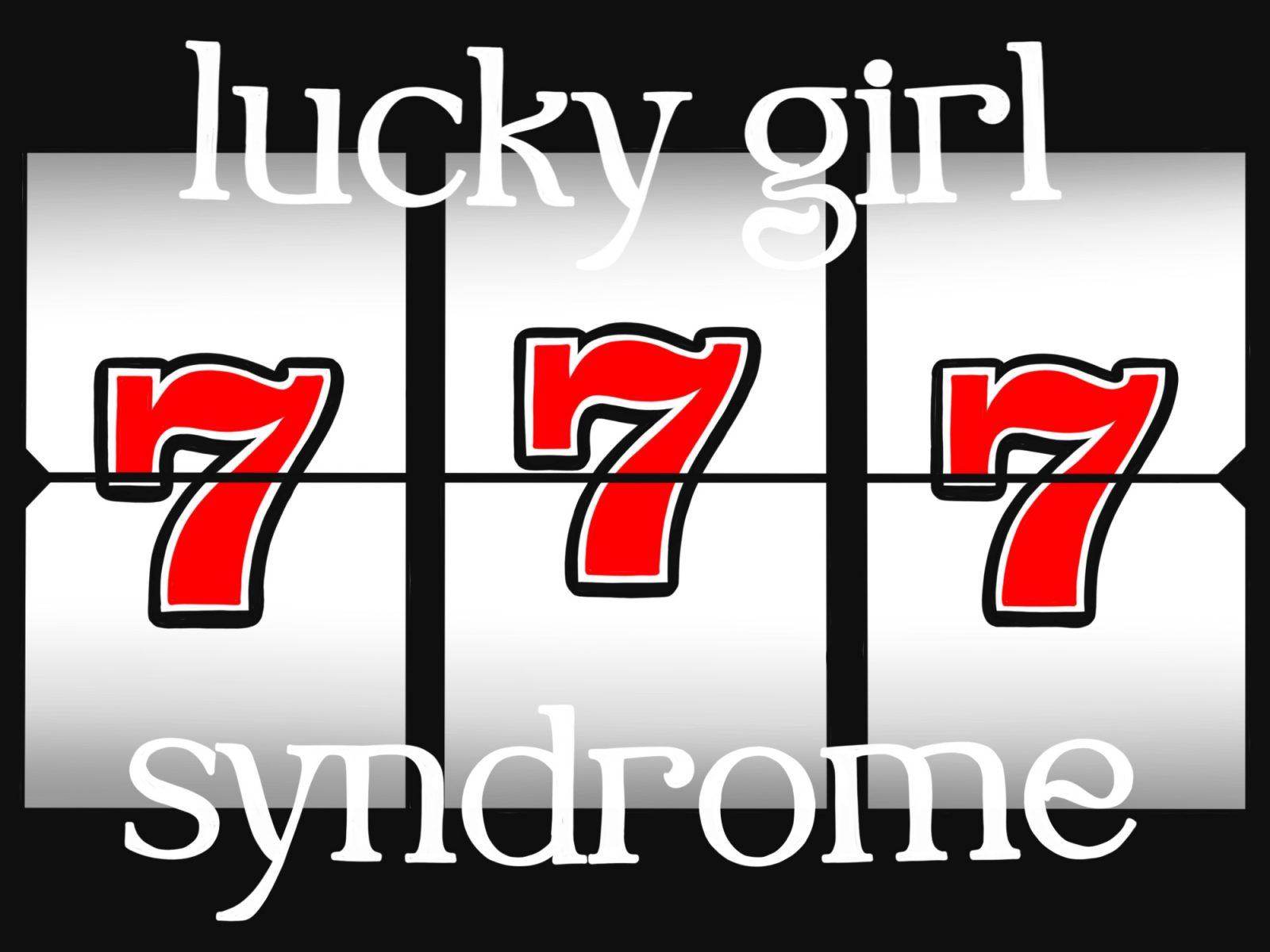When people think of the romantic comedy character Bridget Jones, the “All by Myself” scene from “Bridget Jones’s Diary” may pop into their heads.
A lowly Bridget sits on her couch alone, smoking a cigarette as “Frasier” plays on the television. She checks her phone for messages and is met with an empty voicemail. As she sips a glass of wine, she works her way up to belting pop song “All by Myself.”

Earlier, Bridget made an appearance at her family’s Christmas party only to be humiliated. She makes awkward small talk and is insulted by her soon-to-be love interest Mark Darcy, who calls her a “spinster.”
As a 32-year-old woman, Bridget is expected by society to have her life completely together, with a high-paying job, a husband and kids. Though Bridget would like to achieve these things, how come it can’t be assumed that she is perfectly happy being single in her thirties?
In the movie, we observe Bridget’s quest for love. After the Christmas party, she begins a diary detailing her wishes for the year ahead. She writes four main resolutions: stop smoking, stop drinking, lose weight and find a good guy. Suddenly, she is presented with two men vying for her attention — her boss Daniel Cleaver and, surprisingly, Mark Darcy.
The movie was released in 2001, back when nearly half of the female population of England was married by 30.
It can’t be pinpointed when 30 was determined to be the age at which one should have their life together. This may be a retained idea from back when the average life expectancy was lower, as 30 would be seen as “old” or “middle-aged.”
The current average life expectancy is about 79 years, a stark difference from 47 years back in 1900. Yet, 30 is still etched into everyone’s brains as the end of one’s glory days.
Bridget Jones is depicted as, well, a spinster. She lives alone, smokes countless cigarettes and drinks bottles of wine each day, and she hasn’t had any successful romantic prospects for a while.
By the end of the film, we see Bridget transform from a frazzled, disorganized woman to a new and improved lady — she landed a better job than her old one and, more importantly, a boyfriend.
While we are aware in the film that she was unhappy with her spinster ways, and perhaps concerned with her drinking and smoking habits, why is it so important that a man fixes life for her?
In an article for the Guardian, Emma John pointed out the misogynistic undertones of the word “spinster,” stating that it has hopeless undertones.
Additionally, John states that between 2002 and 2018, the percentage of single women in their forties doubled. As women have become more empowered to do things that were once looked down upon — such as putting their careers or even themselves over starting a family — the choice to stay single has grown more popular.
This choice, while not for everybody, is perfect for some. It allows women to get to know themselves and further develop their self-appreciation and confidence. It also gives time for a woman to climb her way up to her dream job, or maybe even save up to buy a house.
Everyone lives their lives so differently, why must we assume an unmarried woman is an unhappy one?
There are many instances in which women have achieved success way beyond their thirties. Actress Viola Davis had her breakthrough role at 43. Fashion designer Vera Wang released her first collection at 40. Maya Angelou didn’t publish “I Know Why the Caged Bird Sings” until she was about 41. There is no reason to believe that a woman’s worth dwindles just because of her age.
Bridget Jones is a relatable character, and it’s a relief to see a depiction of a woman who hasn’t gotten everything all figured out by 30. This notion that life is on a decline after a woman hits 30 is an antiquated misconception.
Aging is a privilege, and just because your age grows does not mean your potential shrinks. The life plan you may have in your head may not work out, and that is perfectly alright. Life isn’t meant to be planned — it’s meant to be lived.
























































































































